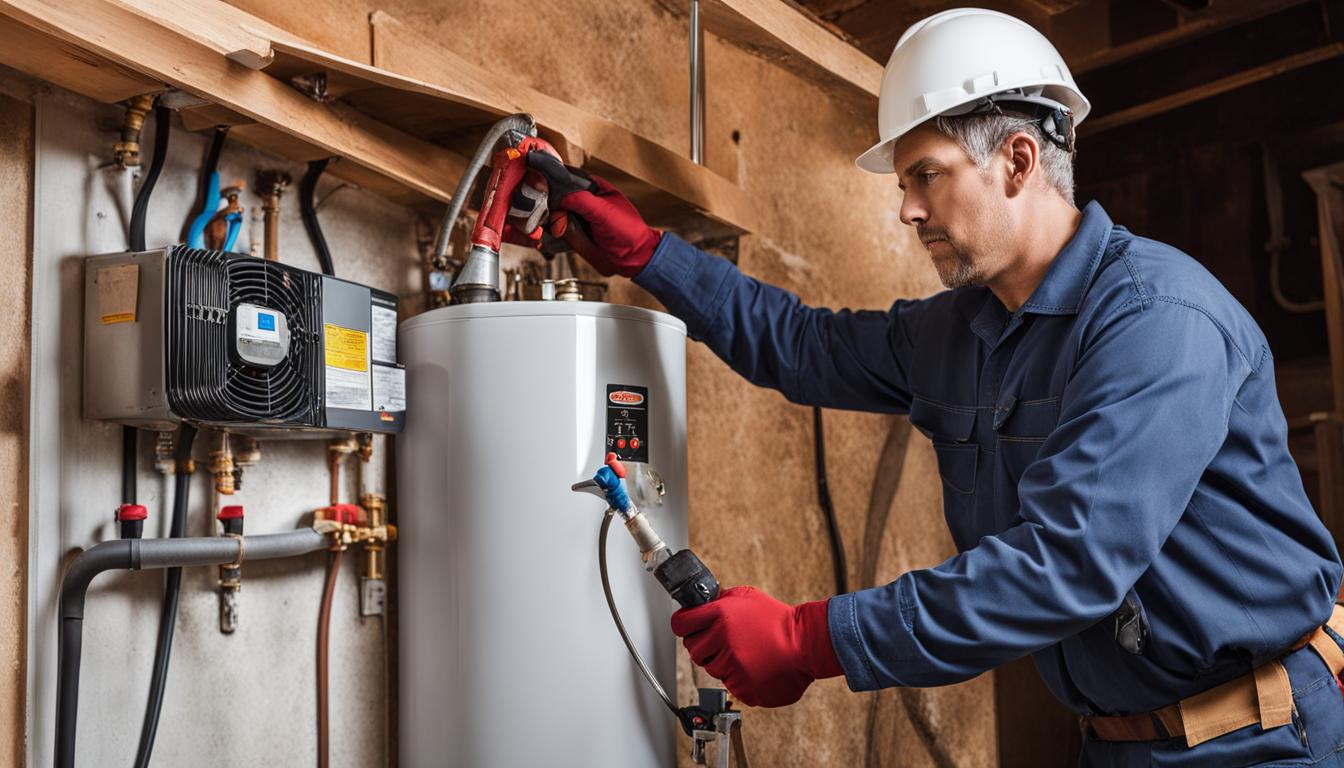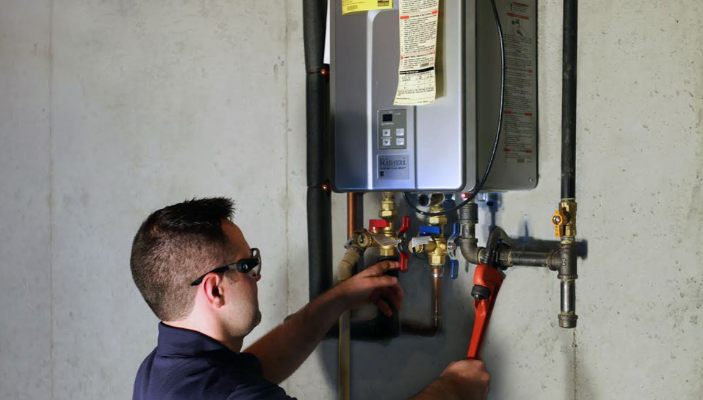Best Methods to Care for Your Home's Hot Water System Successfully
Best Methods to Care for Your Home's Hot Water System Successfully
Blog Article
What are your thoughts about Water Heater Maintenance Tips You Can't Afford to Forget?

Hot water is crucial for everyday comfort, whether it's for a revitalizing shower or washing recipes. To guarantee your hot water system runs successfully and lasts much longer, routine maintenance is key. This post gives functional tips and understandings on exactly how to maintain your home's warm water system to prevent interruptions and pricey fixings.
Intro
Preserving your home's hot water system could seem overwhelming, yet with a few straightforward steps, you can guarantee it operates smoothly for years to come. This overview covers everything from recognizing your hot water system to do it yourself maintenance pointers and understanding when to employ expert help.
Relevance of Maintaining Your Hot Water System
Normal maintenance not just prolongs the lifespan of your warm water system but likewise ensures it runs efficiently. Ignoring maintenance can result in decreased efficiency, greater energy expenses, and even premature failure of the system.
Indicators Your Hot Water System Demands Maintenance
Understanding when your warm water system requires attention can protect against major concerns. Look out for indications such as irregular water temperature, weird noises from the heating unit, or rustic water.
Recognizing Your Warm Water System
Before diving into maintenance tasks, it's handy to understand the fundamental elements of your warm water system. Commonly, this consists of the water heater itself, pipes, anode rods, and temperature level controls.
Month-to-month Upkeep Tasks
Normal month-to-month checks can aid catch minor problems before they intensify.
Purging the Hot Water Heater
Purging your hot water heater gets rid of debris buildup, improving efficiency and prolonging its life.
Checking and Replacing Anode Rods
Anode rods prevent corrosion inside the tank. Checking and changing them when broken is critical.
Evaluating and Readjusting Temperature Level Settings
Changing the temperature settings ensures optimal performance and safety and security.
Do It Yourself Tips for Upkeep
You can carry out a number of maintenance tasks on your own to keep your hot water system in top condition.
Checking for Leaks
Consistently examine pipelines and links for leaks, as these can bring about water damage and greater costs.
Examining Stress Alleviation Valves
Checking the stress relief valve ensures it functions appropriately and prevents too much stress accumulation.
Protecting Pipes
Insulating warm water pipelines minimizes warm loss and can save power.
When to Call a Specialist
While do it yourself maintenance is advantageous, some issues require specialist experience.
Complicated Issues Requiring Specialist Assistance
Examples consist of significant leaks, electric issues, or if your water heater is consistently underperforming.
Routine Professional Upkeep Benefits
Specialist maintenance can consist of thorough examinations, tune-ups, and making sure compliance with safety and security requirements.
Verdict
Regular upkeep of your home's warm water system is crucial for performance, durability, and price savings. By adhering to these suggestions and knowing when to seek professional assistance, you can ensure a trusted supply of hot water without unanticipated disruptions.
How to Maintain an Instant Hot Water Heater
Before tinkering with your hot water heater, make sure that it’s not powered on. You also have to turn off the main circuit breaker and shut off the main gas line to prevent accidents. Also turn off the water valves connected to your unit to prevent water from flowing into and out of the appliance. 2. When you’re done, you have to detach the purge valves’ caps. These look like the letter “T†and are situated on either side of the water valves. Doing so will release any pressure that has accumulated inside the valves while at the same time avoid hot water from shooting out and burning your skin. 3. When the purge valves’ caps are removed, you have to connect your hosing lines to the valves. Your unit should have come with three hoses but if it didn’t, you can purchase these things from any hardware or home repair shops. You can also get them from retail stores that sell water heating systems. Read the user’s manual and follow it to complete this task properly. When the hosing lines are connected, open the purge port’s valves. 4. You should never use harsh chemical cleaners or solutions when cleaning your unit. Make use of white vinegar instead. It should be undiluted and you’ll probably use about 2 gallons. 5. Now flush your water heater. This task should probably take about 40 minutes. We can’t give you specific directions for this because the procedure is carried out depending on the type, model and brand of your heater. With that being said, refer to the user’s manual. 6. When you’re done draining the unit, you have to turn off the purge port valves again. Remove the hosing lines that you earlier installed on each of the water valves. Put the valve caps (purge port) back in their respective places and be very careful so as not to damage the rubber discs that are found inside these caps. 7. Now that everything’s back in place, check your user’s manual again to find out how to reactivate your water heating system. 8. Once it is working, turn one of your hot water faucets on just to let air pass through the heater’s water supply pipes. Leave the tap on until water flows smoothly out of it. https://www.orrplumbing.com/blog/2014/september/how-to-maintain-an-instant-hot-water-heater/

As an enthusiastic reader about Tips on Maintaining a Water Heater, I was thinking sharing that excerpt was worth the trouble. Feel free to take the opportunity to share this blog entry if you liked it. Thank you so much for taking the time to read it.
Phone Report this page